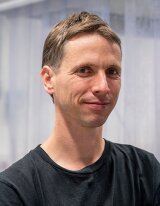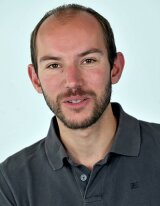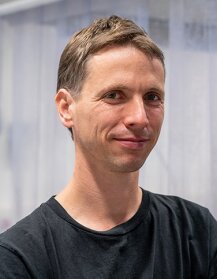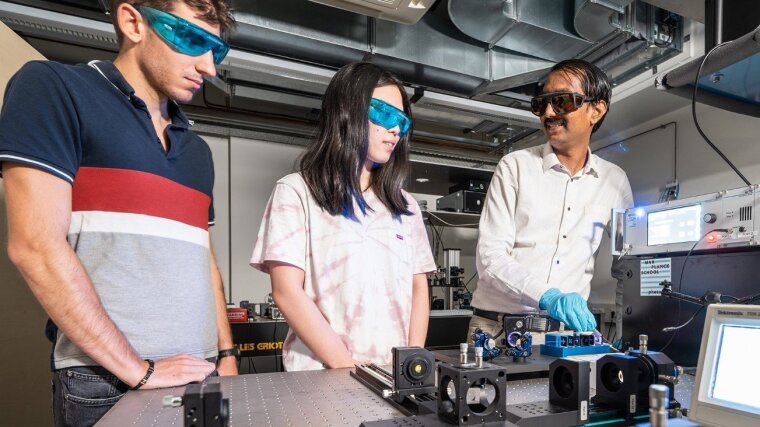
- Light
- Studium
Published:
The beginnings of research in the field of quantum at our institute date back only about ten years - since then, some fundamental phenomena of quantum mechanics could be better understood and even applications could be developed together with the Fraunhofer IOF - as well as with other cooperation partners.
Such results by themselves mark a rapid development, which shows how much dynamism and potential there is in the new technology. It is therefore even more astonishing and at the same time highly relevant that experience can already be gained in university education through experiments with the world's first commercial quantum computers.
These developments were made possible by key funding from the German Federal Ministry of Education and Research (initiatives "digiPhoton" and "qp-tech.edu"). The social interest is not only in gaining knowledge and implementing it in the latest applications, e.g. to solve transmission and security problems in data communication. It is also important to have a lead in know-how in order to access international markets. This means that already now and in the future more and more experts are needed in industry and R&D who are well trained.
"Experimental quantum technologies should become an integral part of quantum education here in Jena in the future," resumes Prof. Dr. Andreas Tünnermann, Director of the Institute of Applied Physics at the University of Jena and the Fraunhofer IOF. The Lab Course "Experimental Quantum Technologies" led by Dr. Falk Eilenberger and Dr. Frank Setzpfandt, in which 18 students and PhD students performed complex quantum experiments on the Fraunhofer quantum computer "IBM QSystemOne", showed that this is already feasible. "Our goal was to make real state-of-the-art quantum experiments accessible hands-on," explains Dr. Falk Eilenberger. Via a cloud, participants were able to program the computer, which was physically located in Ehringen (Baden-Würtemberg), read out results and display them in a meaningful way. "In the process, we solved problems in the field of simulation of quantum optical systems and on the so-called Grover algorithm," explains Dr. Falk Eilenberger. After easily comprehensible calculations, much more complex simulations were performed to exploit the advantages of quantum computing: "There we showed that entangled qubits, i.e. photons, allow much more precise interferometric measurements than classical photons." The researcher identifies concrete applications for this not only in improved optical metrology, but also for more precise clocks.
The students expressed great motivation - not only because of the deeper technical understanding they gained, but also because they were part of writing a small piece of physics history in Jena.
-
Eilenberger, Falk, Dr Research Group Leader Photonics in 2D-Materials
IOF, Room B3.22
Albert-Einstein-Straße 7
07745 Jena -
Setzpfandt, Frank, PD Dr Research Group Leader Quantum Optics
Abbe Center of Photonics, Room 309
Albert-Einstein-Straße 6
07745 Jena
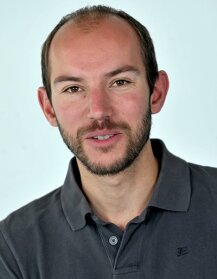
Albert-Einstein-Straße 6
07745 Jena Google Maps site planExternal link
